Concorde - An ode to the past
What is it?
The Aérospatiale/BAC Concorde is a British–French turbojet-powered supersonic passenger airliner. It had a maximum speed over twice the speed of sound, at Mach 2.04 (1,354 mph or 2,180 km/h at cruise altitude), with seating for 92 to 128 passengers.
How was the Concorde developed?
The Concorde was developed by the United Kingdom and France as part of the first major cooperative aircraft design venture between two European countries. In 1962 the U.K. and France signed a treaty to share costs and risks in the aircraft’s production. The Concorde was designed by four companies: in the U.K., British Aerospace and Rolls-Royce; and in France, Aérospatiale and SNECMA (Société Nationale d’Étude et de Construction de Moteurs d’Aviation). The final product was completed in 1969.
Why was it so special?
Being a supersonic transporter, Concorde cut the round trip from London Heathrow to New York, JFK by half. While an average airliner would take roughly 7 - 8 hrs to complete a single way trip, Concorde would only take 4. Concorde's fastest transatlantic crossing took less than 3 hrs to complete. For an average round-trip across the Atlantic, the ticket price was about $12,000, Concorde shuttled its upper-crust passengers over the Atlantic in about three hours: an airborne assemblage of wealth, power, and celebrity hurtling along at breakneck speed.
Concorde's first flight
The Concorde made its first successful flight on March 2, 1969, with a maximum cruising speed of 2,179 km (1,354 miles) per hour, more than twice the speed of sound. It made its first transatlantic crossing in 1973. In 1976 the Concorde inaugurated the world’s first scheduled supersonic passenger service, with British Airways flights from London to Bahrain and Air France flights from Paris to Rio de Janeiro. Regular flights to Washington, D.C., and New York City were added in 1976 and 1977, respectively.
How expensive was it?
In short, very. During its developmental stage, Concorde's cost had gone from under $400-million to $2 billion. The ballooned cost covered the following: the British and French prototypes that were undergoing a series of flight tests; a fuselage for endurance tests; 63 Rolls Royce Olympus engines; the industrial hardware for assembly line production and the first three production models of the plane.
The records made
- Flight from London Heathrow to Sydney - opposite side of the world in a time of 17 hours, 3 minutes and 45 seconds, including refuelling stops.
- "Westboud Around the World" and "Eastbount Around the World" air speed record holder. Concorde registration F-BTSD circumnavigated the world in 32 hours 49 minutes and 3 seconds.
- On its way to the Museum of Flight in November 2003, Concorde set a New York City-to-Seattle speed record of 3 hours, 55 minutes, and 12 seconds. Due to the restrictions on supersonic overflights within the US the flight was granted permission by the Canadian authorities for the majority of the journey to be flown supersonically over sparsely-populated Canadian territory
Image Gallery
Specifications
General Characteristics
- Crew: 3 (2 pilots and 1 flight engineer)
- Crew: 3 (2 pilots and 1 flight engineer)
- Capacity: 92–120 passengers (128 in high-density layout)
- Length: 202 ft 4 in (61.66 m)
- Wingspan: 84 ft 0 in (25.6 m)
- Height: 40 ft 0 in (12.2 m)
- Wing area: 3,856.2 sq ft (358.25 m2)
- Empty weight: 173,504 lb (78,700 kg)
- Gross weight: 245,000 lb (111,130 kg)
- Max takeoff weight: 408,010 lb (185,070 kg)
- Fuel capacity: 210,940 lb (95,680 kg)
- Fuselage internal length: 129 ft 0 in (39.32 m)
- Fuselage width: maximum of 9 ft 5 in (2.87 m) external, 8 ft 7 in (2.62 m) internal
- Fuselage height: maximum of 10 ft 10 in (3.30 m) external, 6 ft 5 in (1.96 m) internal
- Maximum taxiing weight: 412,000 lb (187,000 kg)
- Powerplant: 4 × Rolls-Royce/Snecma Olympus 593 Mk 610 turbojets with reheat, 31,000 lbf (140 kN) thrust each dry, 38,050 lbf (169.3 kN) with afterburner
Performance
- Maximum speed: 1,354 mph (2,179 km/h, 1,177 kn)
- Maximum speed: Mach 2.04 (temperature limited)
- Cruise speed: 1,341 mph (2,158 km/h, 1,165 kn)
- Range: 4,488.0 mi (7,222.8 km, 3,900.0 nmi)
- Service ceiling: 60,000 ft (18,300 m)
- Rate of climb: 3,300–4,900 ft/min (17–25 m/s) at sea level
- Lift-to-drag: Low speed– 3.94; Approach– 4.35; 250 kn, 10,000 ft– 9.27;
- Mach 0.94– 11.47, Mach 2.04– 7.14
- Fuel consumption: 47 lb/mi (13.2 kg/km)
- Thrust/weight: 0.373
- Maximum nose tip temperature: 127 °C (260 °F; 400 K)
- Runway requirement (with maximum load): 3,600 m (11,800 ft)
Avionics
- Digital Air Intake Control Units
- Fly by wire flight controls
- Analogue electronic engine controls
- Triple inertial navigation units, one per flight crew
- Dual VHF omnidirectional range instruments
- Dual automatic direction finder instruments
- Dual distance measuring equipment instruments
- Dual instrument landing systems
- Automatic flight control system with dual autopilots, autothrottles, and flight directors: full autoland capability with visibility limits 250 m (820 ft) horizontally, 15 ft (4.6 m) decision height
- Ekco E390/564 weather radar
- Radio altimeters

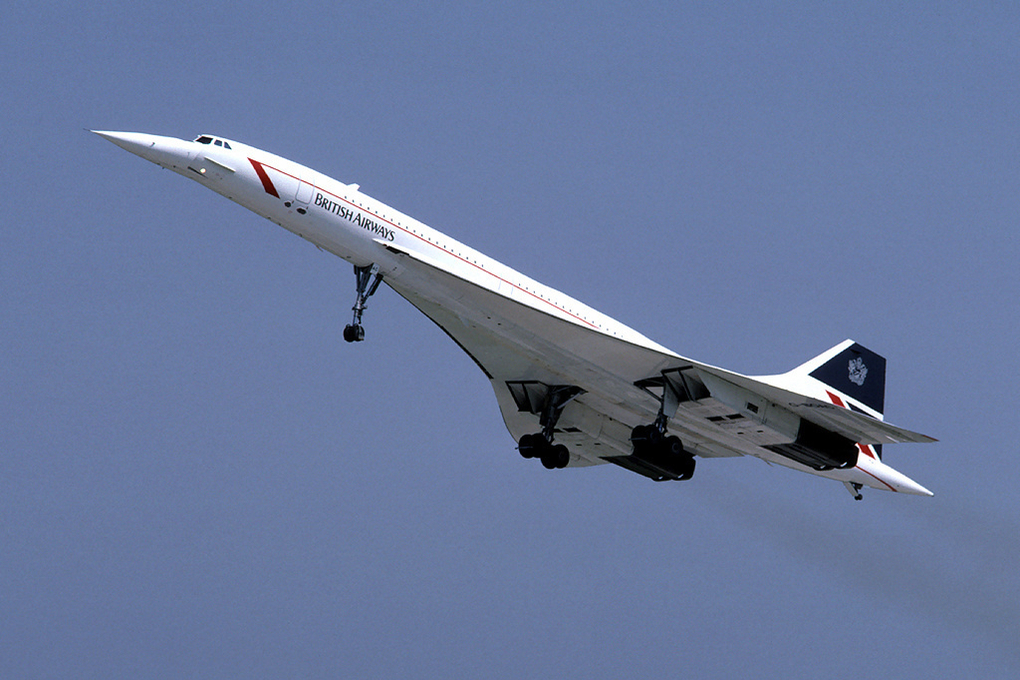
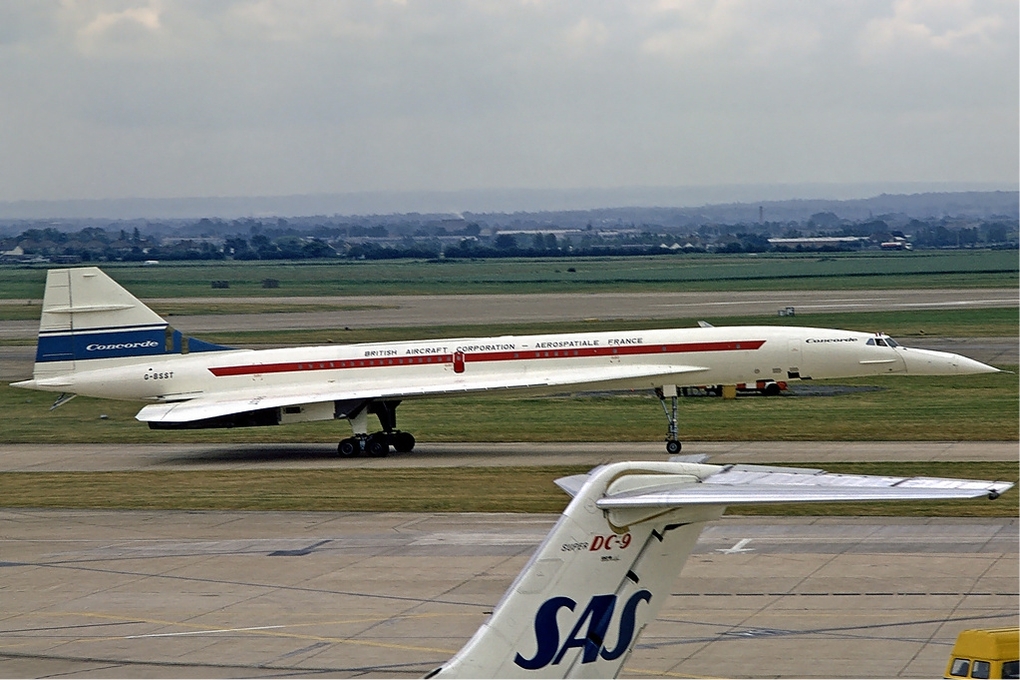
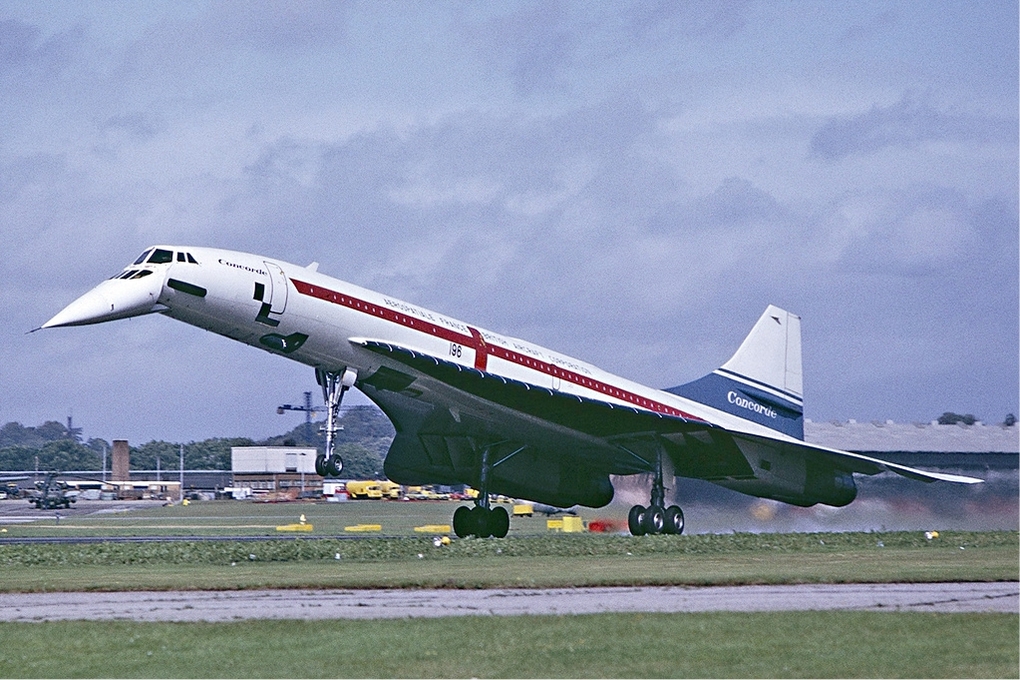
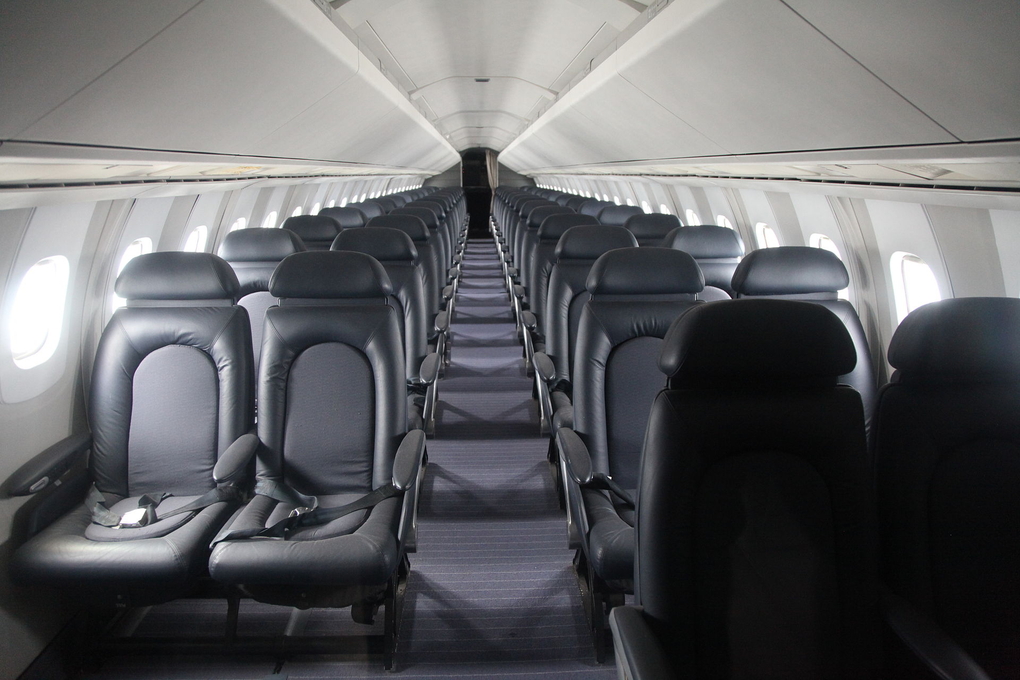
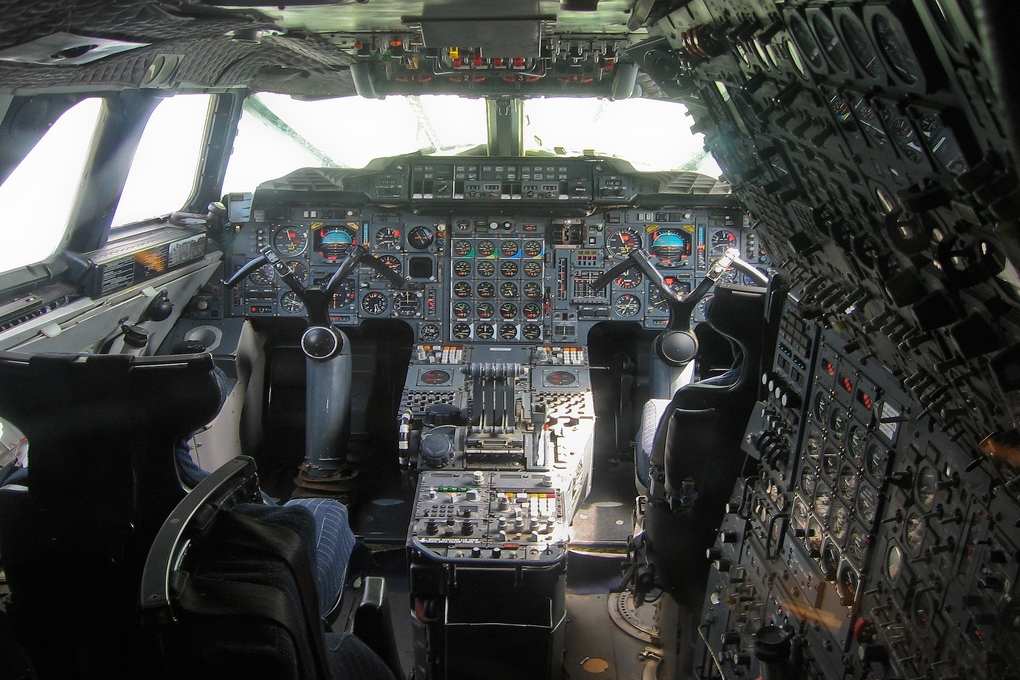

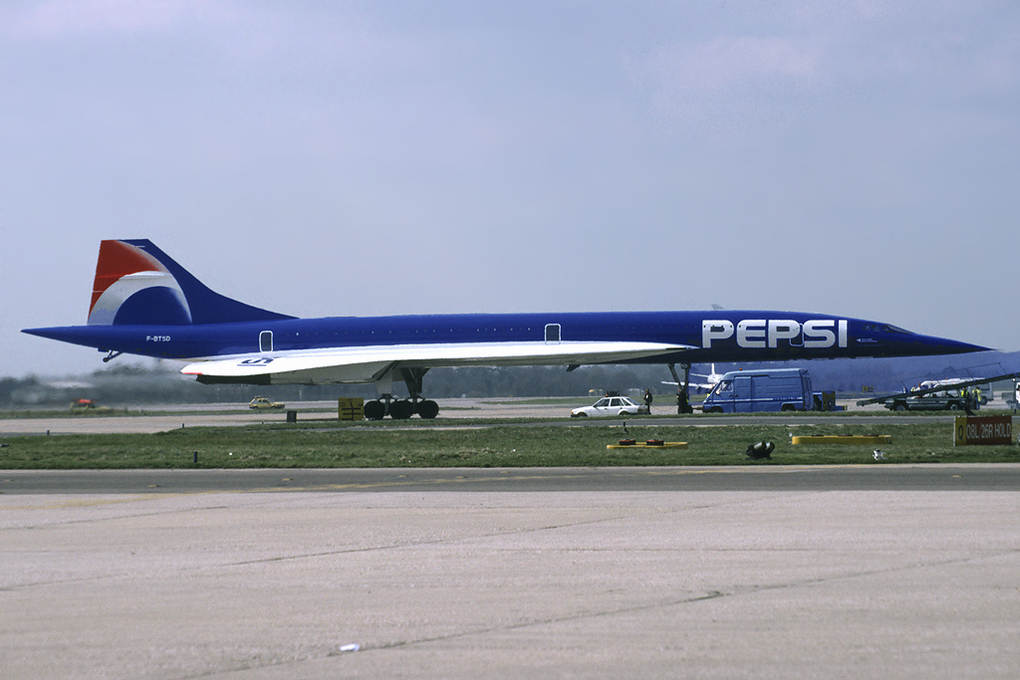


The people who flew on it
"When you were traveling at twice the speed of sound, by the time you poured a glass of Champagne, you'd gone 26 miles" - Cuddy, stewardress
"Looking up it would be almost black, because at 55,000 to 60,000 feet, you're almost on the edge of space" - Finn, passenger
"It was one of the only times when they couldn’t be contacted by fax or telephone, and they felt completely at ease. People used to join each other for a glass of wine, and then move on to another person" - Cuddy, stewardress
"It was a big family" - Westray, pilot